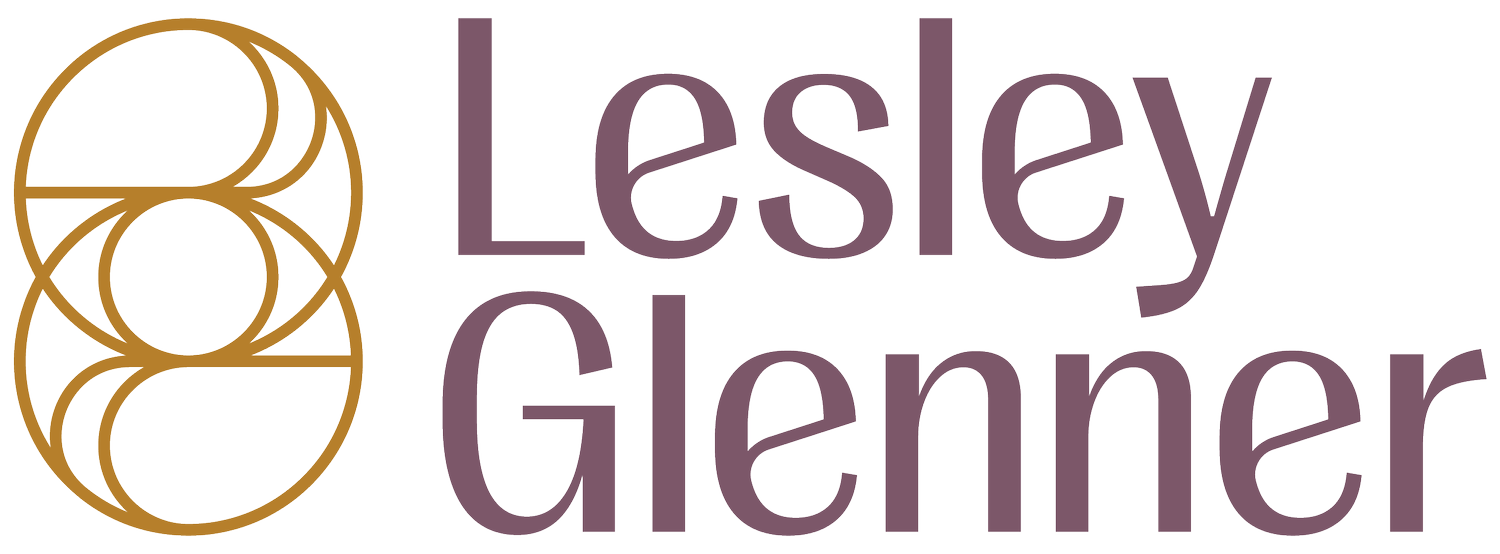The Drama Triangle
Family dynamics often bring alive The Drama Triangle, a social model used to analyze conflict in psychotherapy.
As the name “triangle” indicates, three roles are involved — the villain (or perpetrator), the victim, and the hero (or rescuer).
The unhealthy dynamic works something like this:
A persecutor attempts to control and criticizes the victim.
A victim is always trying hard, but feels tired and complains or whines.
A rescuer provides solace, gives advice, and hears out the victim's complaints.
Participants change their roles from time to time.
People often seek reinforcement for their stories of injury when they feel unfairly treated (playing the victim) or become angry at others (perceived to be the villains). While the rescuer (or hero) role—“Let me help you!”—may sound admirable, it’s actually part of the problem, too. Rescuers are classically codependent enablers who act from a mix of guilt and resentment yet present as martyrs. They further entangle and entrench all players onto The Drama Triangle.
Triggered family members may be solidly—yet unconsciously—on the triangle when they initially come to seek therapy.
Examples of The Drama Triangle at home
Here are some examples of how drama triangulation can show up in family life:
Dad disciplines a child, the child runs to mom to negotiate.
Mother-in-law says something, mom turns to her friends to complain.
Siblings complain to each other about their parents.
Parents can unconsciously feel victimized by kids "pushing their buttons."
In many of these cases, more introspection is needed, typically with the guidance of a professional in an unbiased setting. Unless we are seeking a win for all, we all lose. When unconscious feelings drive our actions, we cannot effectively parent.
Even a single person can triangulate
You might imagine that three people are needed to triangulate, but actually we can slip onto The Drama Triangle at any moment -- with one other person or entity or even by ourselves.
Two can slide around the triangle in various roles. One may feel the victim one moment and the villain the next moment, if the threat has prompted an outburst.
Even one person alone can slide into this pattern. Think about ambiguity and how we can advocate or dismiss ourselves. So the Drama Triangle can present in an “us versus ourself” kind of way.
This pattern can also happen with entities participating in addition to individuals—think of parents, kids, and an entire school—or between branches of government, political parties, or the media.
The value of envisioning conflict as a drama triangle
The better we understand the drama triangle, the more it helps empower us to either avoid the drama, or repair it.
What triggers the drama triangle is typically a complaint from the victim or the villain. What perpetuates it is avoiding taking up the matter directly in a way that resolves the deeper hurts. Because family relationships are complex and deep, you may need help in doing this.
Flip the triangle, find empowerment
Envision the triangle “flipping” into one of empowerment. Picture each of the roles reversed: Instead of a victim, be a champion. Instead of a villain, be a challenger. Instead of a rescuer, act as a coach.
Learn more about the Drama Triangle, at work -- https://relationshipmatters.us/drama_triangle_at_work/
Lesley's Longmont private therapy practice is centered on conscious parenting.
The greatest dedication in my life is to my child, Jude, who enters kindergarten this year. Additionally, after 8 years in private practice seeing both couples and individuals struggle with wounds from their own parenting and issues around raising their own children, I've found that helping clients to parent in a more conscious and securely attached manner absolutely lights me up. Following the thread of what is most alive in my personal and professional lives helped me crystalize the idea to introduce conscious parenting as the focus of my practice.
~ Lesley Glenner

